In the Mood for Love isn’t just a film—it’s a pain. We all have some memories that come and go, but never truly die. This film is a similar memory for me. But what makes In the Mood for Love so powerful? Why does it haunt us, even years after watching it?
This is my favourite movie ever, but I’ve never written a single line about it on any platform. Do you know why?
Because I can’t finish it.
Every time I try, it feels incomplete—like there’s always more to say.
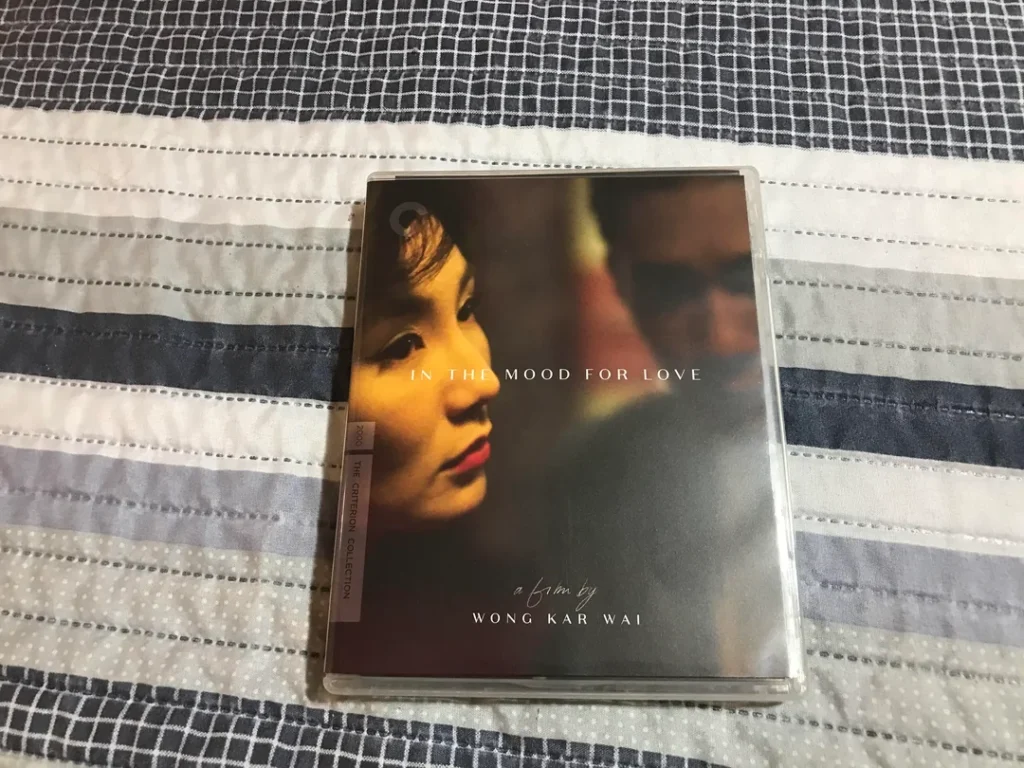
I first got this movie from a friend on DVD when I was a teenager. I watched a few scenes, got bored, struggled to read the subtitles while keeping up with the visuals, and then—I did what every impatient teenager would do—I fast-forwarded through it, searching for any love making scenes. Couldn’t find a single one. Not even a lip-lock scene. I felt completely disappointed and never looked back.
I Didn’t Move On, I Moved In
Then came my first breakup.
I was 21, scrolling for movies to watch, and somehow, this one came back to me. This time, I was older. More patient. No longer obsessed with love making scenes. Started falling in love with stories—where films don’t just tell stories, they flow like an autumn stream.
Things changed—like a slow poison. I kept consuming it. Every time I felt low, I watched In the Mood for Love. I cried. Slept. I woke up. And then I watched it again. Movies like In the Mood for Love, 3-Iron, Spring, Summer, Fall, Winter… and Spring taught me something—how to escape reality and live inside a fantasy. Because that’s what the heroes in these films do. They build their own world. Find happiness there. They live inside it.
I fell in love again.
But this time, when she stepped back, I didn’t fall. Instead, I found myself slipping deeper into the world of In the Mood for Love. Every year, I went back to her city. I imagined she was still there, waiting for me at the airport. Stayed in the same hotels. I sat at the same temples we once prayed in together. Travelled again and again, not for closure, not for her—but for the world I had built inside my mind.
And now, after all these years, I think it’s finally time to write about this movie.
But a warning—don’t jump into this movie straight away. If you haven’t seen The Lunchbox or Photograph, don’t even think about starting In the Mood for Love yet. It’s injurious to health if you’re not ready.
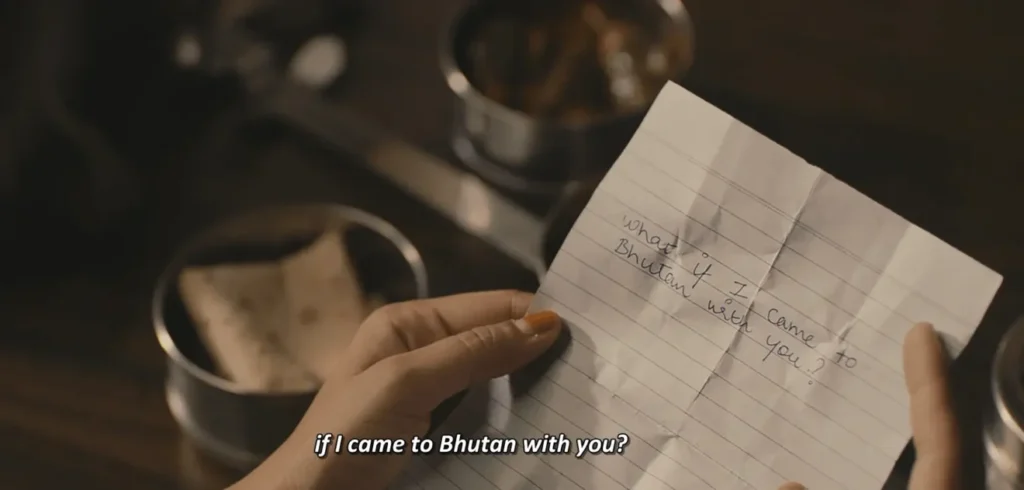
So this Valentine’s Day, start small. Watch Ritesh Batra’s The Lunchbox or Photograph. Or if you’re up for something different, go for Wong Kar-Wai’s Chungking Express.
And when you’re ready—when your heart has learned how to ache beautifully—then step into the world of In the Mood for Love.
And let it ruin you.
🔶 I. The Story: A Love That Could Have Been
1.1 Two Strangers, One Betrayal: A Love Story That Never Was
They met because of someone else’s betrayal.
Hong Kong, 1962. A cramped apartment complex where walls are thin, and your privacy is protected by that thin wall. Mr. Chow (Tony Leung) and Mrs. Chan (Maggie Cheung) live in adjacent rooms, separated by nothing but a corridor and the weight of silence.
Their partners are having an affair. A cruel coincidence.
But instead of confrontation, instead of screaming accusations or bitter revenge, Mr. Chow and Mrs. Chan do something else—they try to understand.
They meet at a restaurant, recreate conversations their spouses might have had.
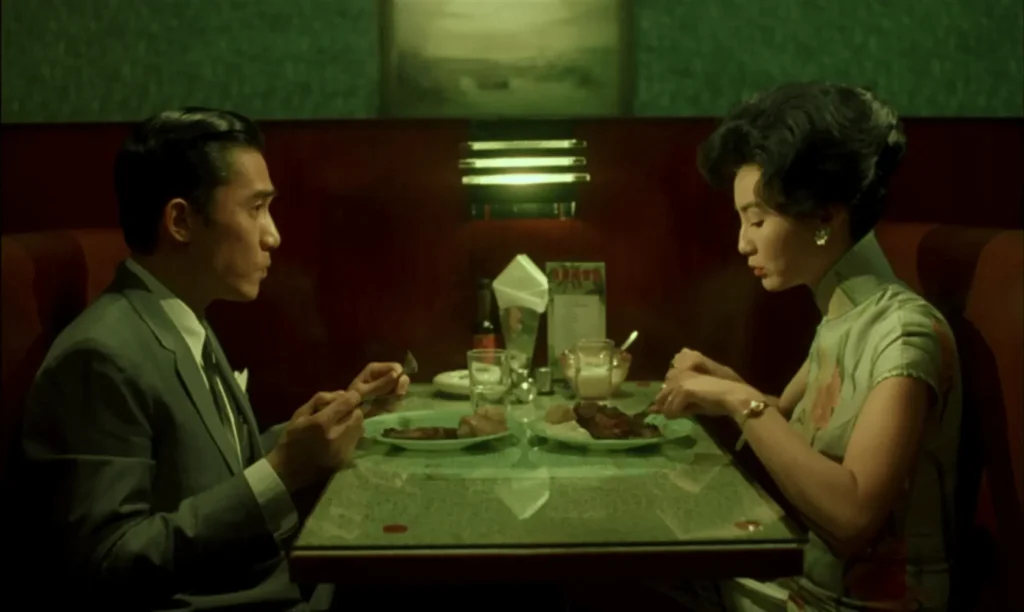
They rehearse the affair like a scene from a play, they step into the shoes of their unfaithful partners, acting out heartbreak with careful, measured words.
I was genuinely shocked when I first watched it. What an approach. What’s the best way to empathize with someone? Step into their shoes.
It doesn’t just make you understand—it makes you calm. It doesn’t just soften the pain—it dissolves the grudge before it can consume you.
And maybe that’s the secret. Maybe that’s how we stop hurting. Not by fighting back, not by seeking closure—but by seeing through their eyes until we can finally let go.
And somewhere in the middle of all that pretending, they start to feel something real.
But they hold back. Because they don’t want to be like them—the ones who gave in too easily.
1.2 The Weight of Hold On: Why Don’t They Give In?
If you’ve ever wanted something so much it hurt, you’ll understand them.
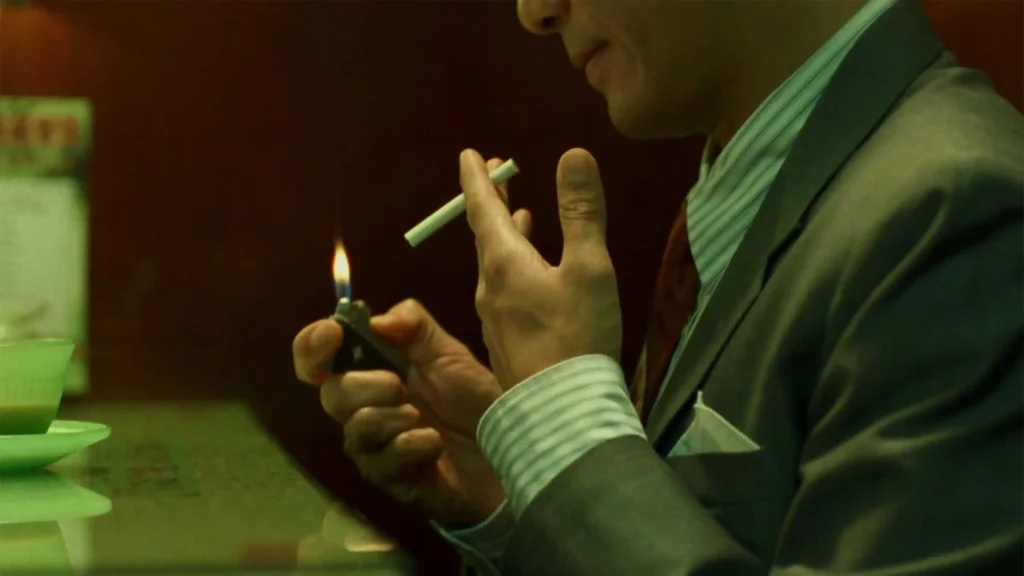
Every glance between them feels like a confession, every pause between words feels like a decision not made. The way he lights a cigarette. Or the way she brushes her hair. The way they pretend they don’t want what they already know is there.
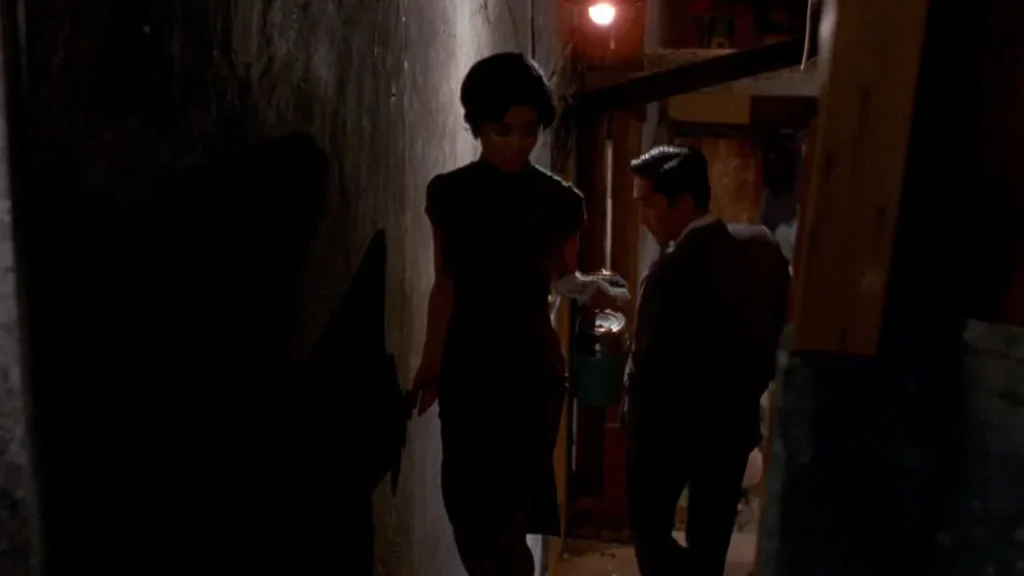
They meet in staircases, in dimly lit rooms, in spaces too small to breathe, but too vast to cross.
They never cross the line, but it’s not virtue—it’s fear.
Fear of becoming like their spouses.
A Fear of gossip.
Fear of what happens if they let go—because once you start, there’s no going back.
Mr. Chow once tells Mrs. Chan that when he was single, he was free to do anything. Now, his marriage defines his choices. Mrs. Chan wonders if she would have been happier alone.
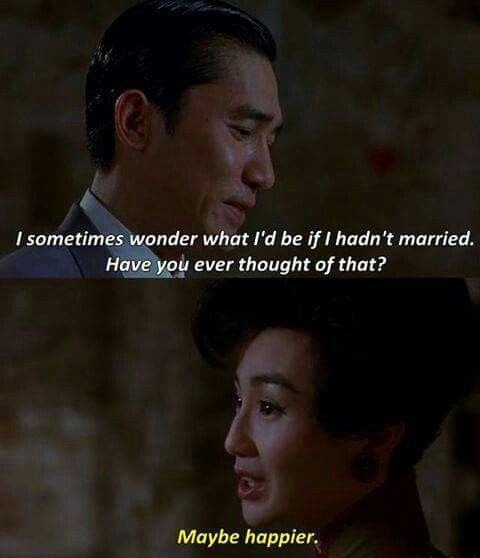
They know what love could look like—but they are trapped in the lives they’ve already built.
And so, they hold back.
Not because they don’t love each other,
but because they don’t know how to love without consequence.
1.3 A Love Story Told in Missed Chances
Theirs is not a story of passion—it’s a story of hesitation.
She runs to his hotel room to say something—maybe everything—but she’s too late. He’s gone.
She secretly visits his apartment in Singapore, calls him—but says nothing.
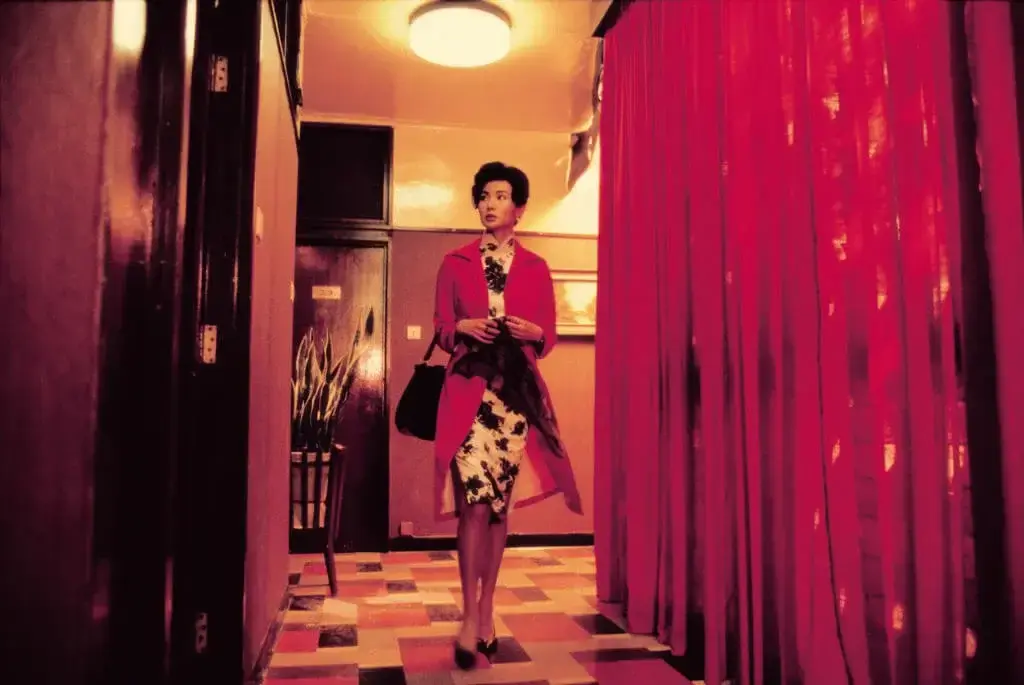
And in the end, he walks past her home, never knowing she’s there.
Love doesn’t die in In the Mood for Love. It just never arrives on time.
🔶 II. The Language of the Film: Wong Kar-Wai’s Visual Poetry
If In the Mood for Love was just a love story, it would have been told in words. But words are too easy. This is where I recommend this movie to every film enthusiasts in the world. Learn the language of cinema with “In The Mood For Love”
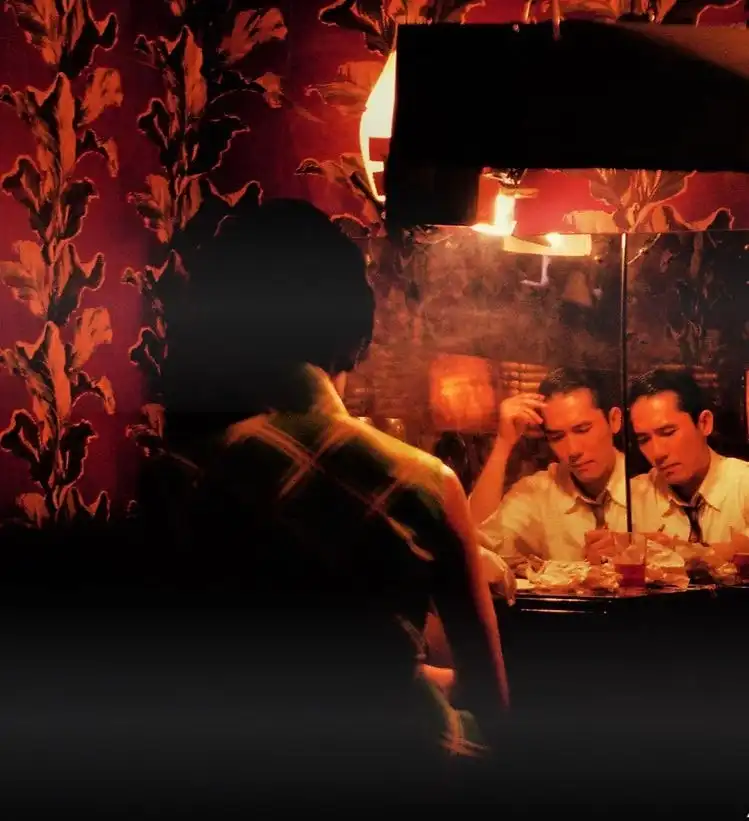
Wong Kar-Wai tells it in glances, silences, colors, and reflections. He doesn’t just let you watch—he traps you inside it, making you feel what the characters feel. The longing. The hesitation. The unbearable restraint. Honestly speaking it’s like holding back an orgasm, you really want to burst out, you wish for that till the end, but won’t!!
This is not just storytelling.
This is visual poetry.
2.1 Watching Without Acting: Framing a Love That Stays Unspoken
Have you ever looked at someone through a half-open door? Caught a reflection in a mirror?
That’s how we watch Mr. Chow and Mrs. Chan—never directly, always from a distance.
Every shot is framed within a frame.
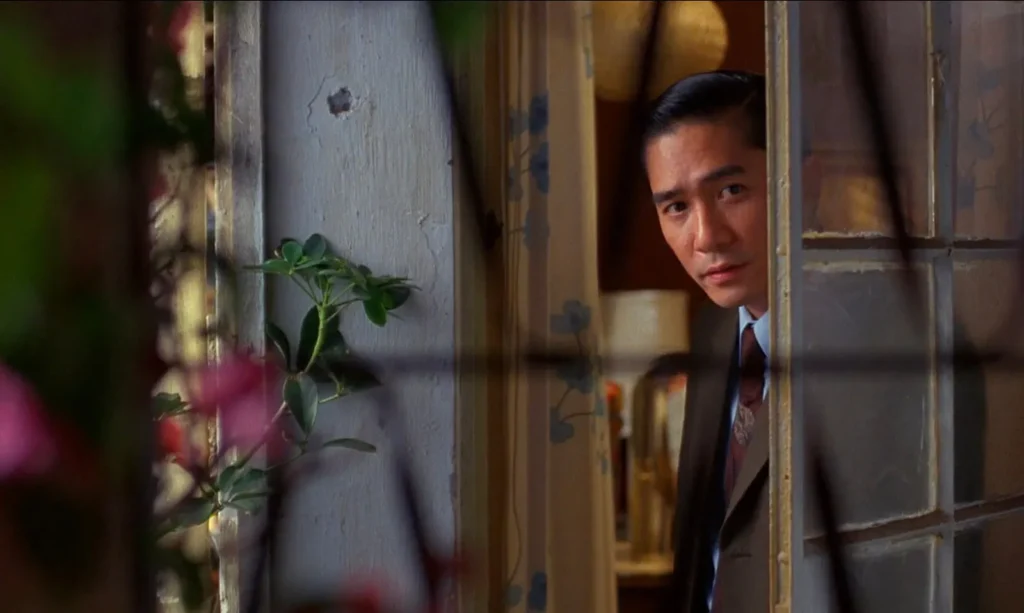
They are seen through doorways, through windows, in narrow corridors.
They are boxed in, not just by the camera—but by the world, by society, by their own fear.
And we, the audience, are left watching them the way they watch each other—wanting something to happen, knowing it never will.
Wong Kar-Wai doesn’t just show their restraint—he makes us feel it. This is what I love most, see how Nolan did in Memento, you will experience what Shelby is going through. Think about Denis Villeneuve’s Incendies, you will experience rather than watching and sympathising.
Mr. Chow and Mrs. Chan are trapped. Not by walls, but by rules, by expectations, by a world that won’t let them choose differently.
Their love is not hide and seek kisses or passionate hugs—
it’s a slow suffocation, a love held in place by invisible hands.
2.2 Costume: Speaking Without Words
Mrs. Chan wears 46 different cheongsams throughout the film. Each one is a second skin, telling us what she cannot say.
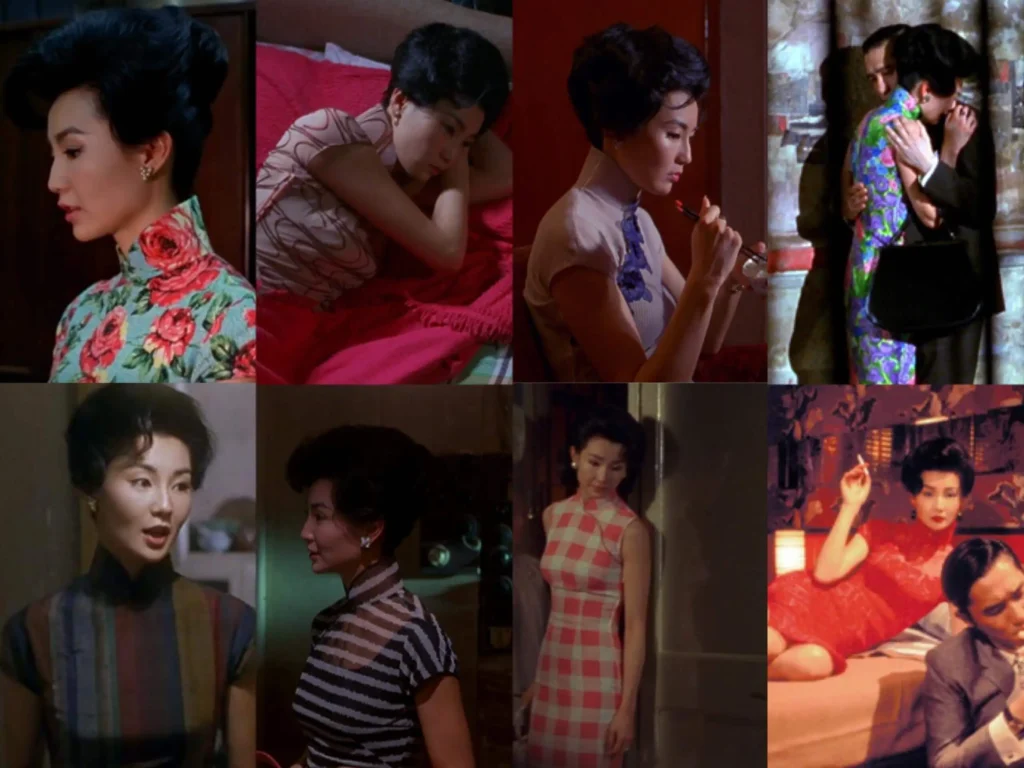
Mr. Chow is always in his suit—pressed, polished, pristine.
Mrs. Chan wears cheongsams so flawless, they look like armour.
They never break character.
Society expects them to be dignified, so they are.
They live in a world where gossip can ruin lives, where respectability is everything.
So they dress like people who have it all together—when inside, they are coming apart thread by thread.
They only allow themselves to grieve in secret corners, dimly lit hallways, shared silences over dinner.
Not even once does their dress wrinkle. Not even once does her hair fall out of place.
Every cheongsam is pristine, every strand of hair perfectly pinned, every suit pressed as if it was just taken out of the dry cleaner’s.
Because that dress… that dress isn’t just clothing. It’s distance.
The tight collar, the stiff fabric, the way it clings but never embraces—
It’s a reminder that no matter how close they stand, they are always apart.
It mirrors them perfectly—close enough to feel each other’s warmth, never close enough to touch.
It’s about the way a dress can hold a woman together when her heart is trying to break.
They aren’t just pretending for society.
They are pretending for themselves.
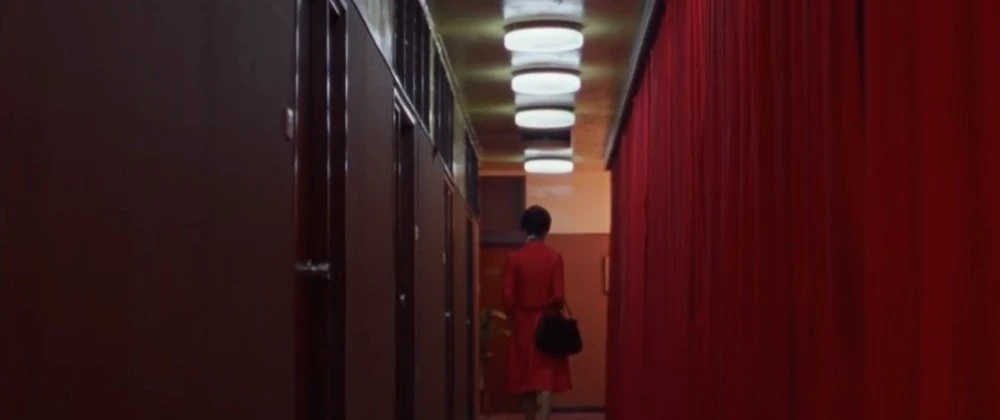
Some days, she blends into the red wallpaper, lost in the background.
Other days, she stands out like a flame, her red dress burning against the world that refuses to acknowledge her heartbreak.
2.3 The Colours of Pain and Loneliness
Red. Green. Blue. The colours of passion, longing, and restraint.
Because when the heart is in chaos, the only thing left to control is appearance. Wong Kar-Wai painted that appearance with colours—red for passion, green for longing, blue for restraint.
Anyone who watches only the frames of this film will fall in love, be hypnotized by its beauty.
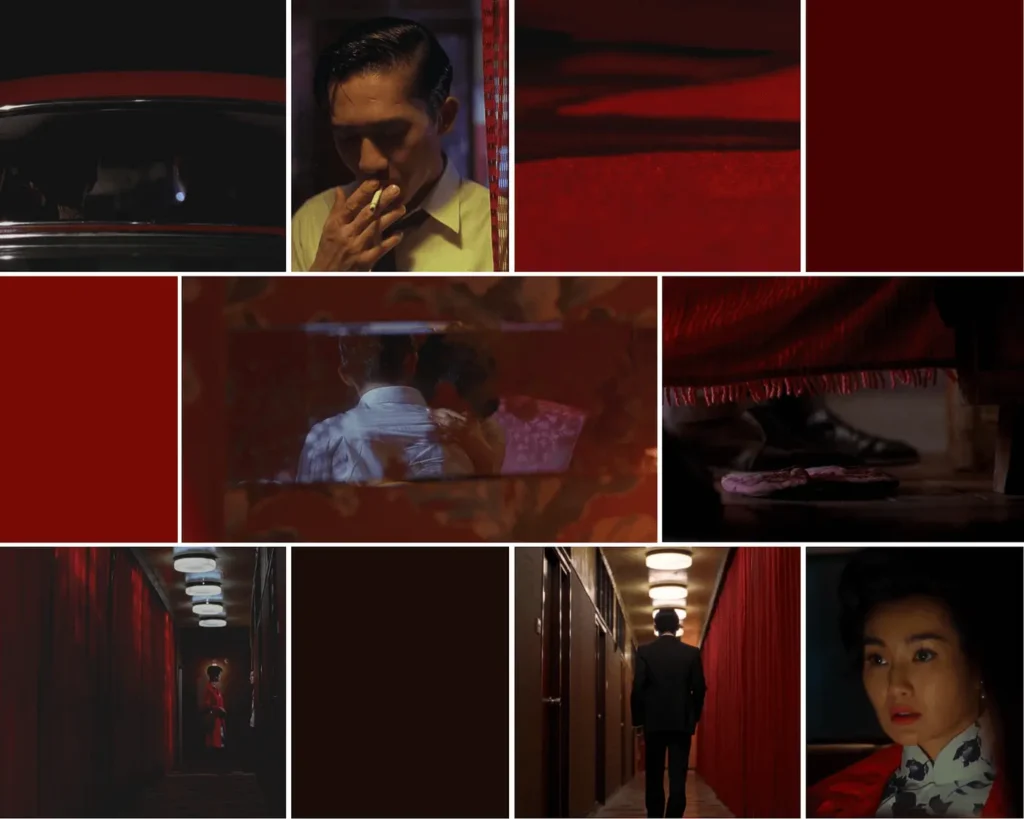
But when you look deeper—when you stop admiring and start feeling the characters—you’ll realise that beneath the colours, beneath the elegance, there is only pain.
And once you see it, you can never unsee it.
Because the beauty of this film is unbearable pain masked with colours.
2.4 Slow Motion & Repetition: The Mechanics of Memory
Love doesn’t move fast in In the Mood for Love.
It lingers. Repeats again. It slows down.
Wong Kar-Wai uses repetition, just like memory does.
Have you ever noticed how painful memories never ask for permission? They arrive uninvited, poke at your heart when you least expect it, linger just long enough to make you cry, and then fade away—only to return again when you think you’ve moved on.
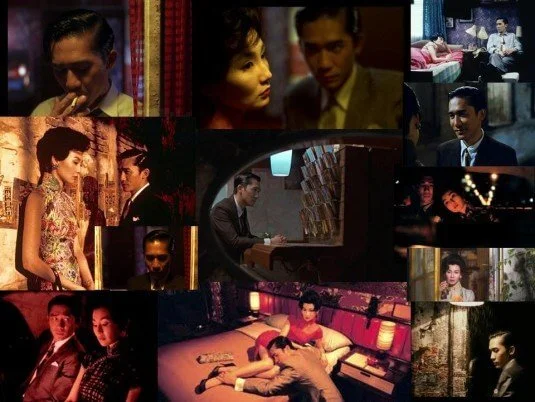
It’s a process. A loop.
One moment, you’re fine. The next, a song, a scent, a familiar street pulls you back into a past you thought you had left behind.
That’s exactly how In the Mood for Love unfolds—moments repeat, emotions replay, each time with a little more weight, a little more ache.
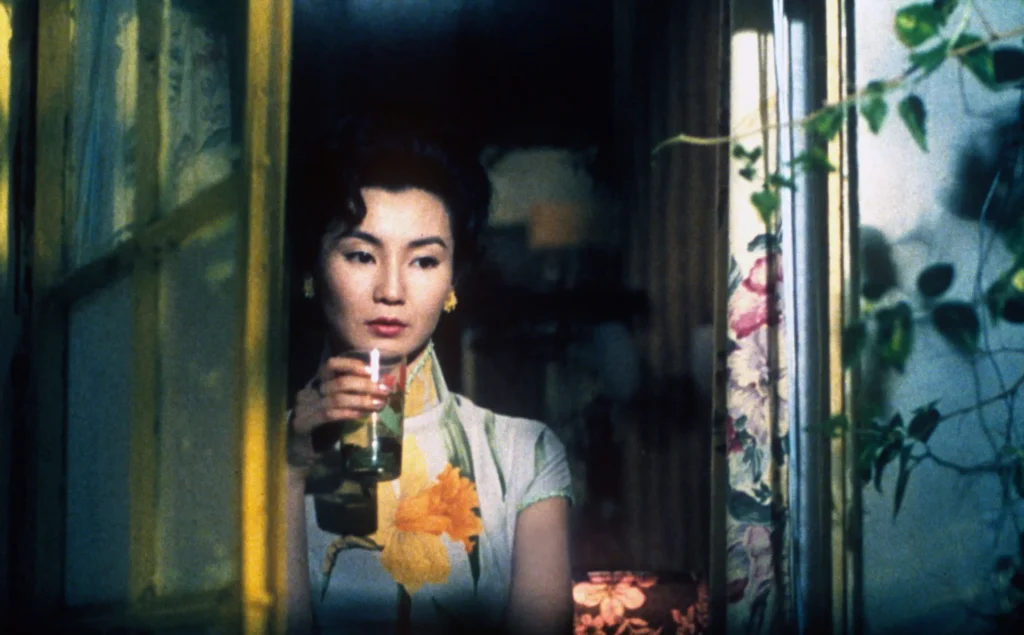
A slow-motion walk down the corridor.
A brush of the sleeve.
A glance that lasts a second too long.
The film doesn’t just tell a story—it makes you feel like you are remembering it.
Because that’s what love like this becomes. Not something lived, but something remembered.
🔶 III. The Cinematic Techniques That Make It Timeless
Memory isn’t linear.
Neither is this film.
Scenes fade in and out, shifting in time without warning, without explanation. One moment, they’re meeting in a quiet alley. The next, weeks—or maybe months—have passed, and everything has changed without us even realizing it.
There is no clear timeline. No obvious markers. Just moments, disconnected yet intertwined—exactly the way we remember things.
This isn’t an accident. Wong Kar-Wai never had a complete script.
But think about it—if our life were a movie, how would it look?
Probably boring. Slow. Uneventful.
In a year, most things wouldn’t change much. No grand confessions. Not any thrilling confrontations. No perfect happy endings wrapped up in a final act.
Because real life isn’t a tight screenplay with a beginning, middle, and end. It’s messy, unfinished, and full of pauses that last longer than they should.
And that’s exactly why In the Mood for Love feels so real—because it doesn’t play by the rules of cinema. It plays by the rules of life.
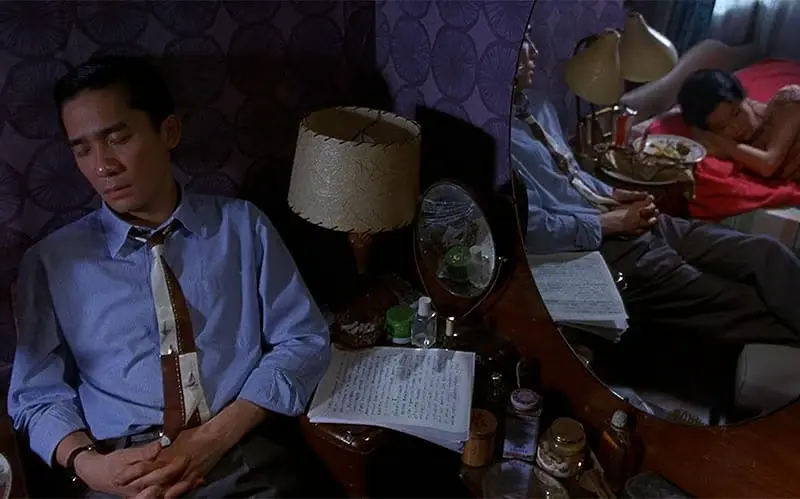
He didn’t direct a movie. He let it emerge.
That’s why watching In the Mood for Love feels less like witnessing a story and more like remembering a feeling you once had.
3.1 The Absence of the Spouses: Shadows Without Faces
You never see their spouses’ faces.
Not once.
You hear them. Sense them. You feel their presence.
But they are never shown—because they don’t matter.

What matters is how Mr. Chow and Mrs. Chan feel about them.
Their betrayal is a ghost, haunting every conversation, every hesitation, every missed opportunity.
But like all ghosts, it is intangible—a presence that shapes everything without ever being seen.
By keeping them faceless, Wong Kar-Wai ensures that the film isn’t about them.
It’s about the ones left behind.
3.2 The Role of Music: Love as an Echo
Some directors use music to support a film.
Wong Kar-Wai makes music the film itself.
Yumeji’s Theme plays again and again—a melody that drifts in, pulling you back into the same emotions, the same longing, the same sadness.
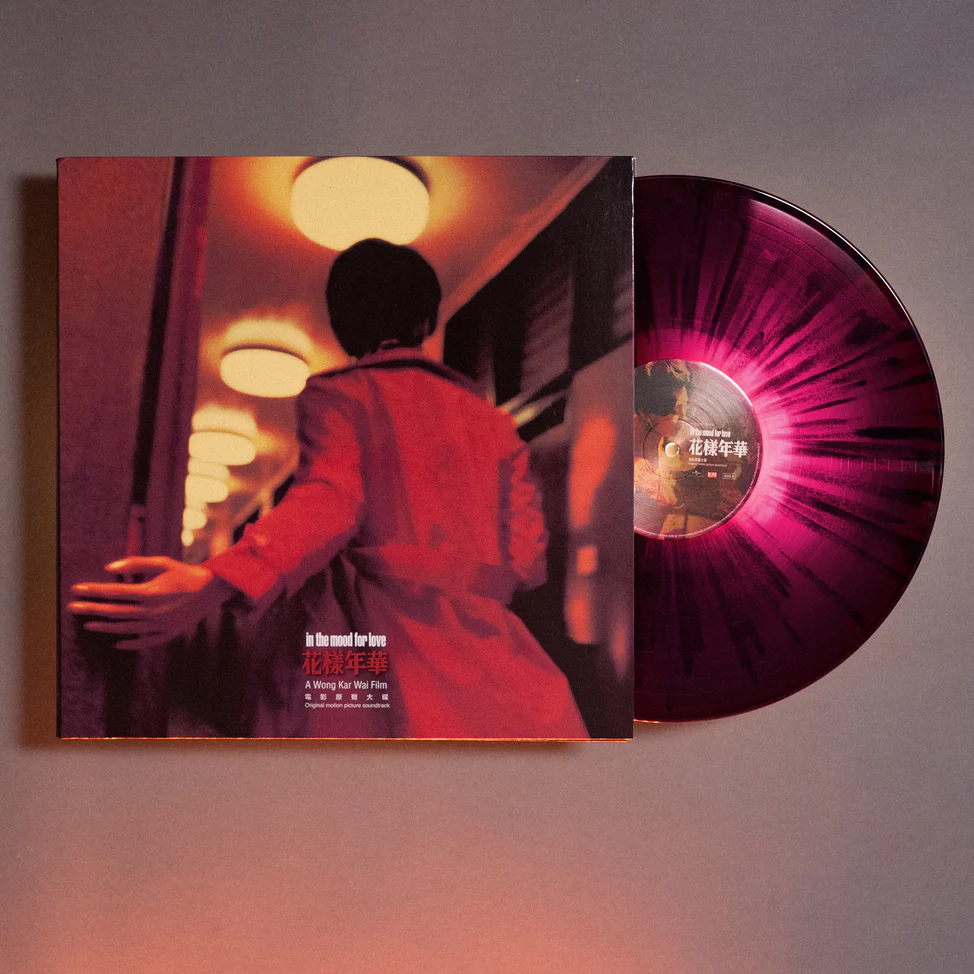
It doesn’t just set the mood.
It is the mood.
Like memory, it repeats, loops, reappears, each time carrying more weight, more unspoken pain.
Before you even understand what’s happening, you feel it.
That’s the power of Wong Kar-Wai’s music—it speaks before words do.
🔶 IV. The Ending: A Secret Buried in Stone
Love, when unspoken, doesn’t vanish. It doesn’t fade, it doesn’t die—it just finds new places to live.
That settles into the quiet spaces between your thoughts.
It becomes the lump in your throat when you hear a lyrics like I Love you 3000
And hides in the places you avoid, the streets you no longer walk, the cafe you can’t bring yourself to enter.
That’s why In the Mood for Love doesn’t end with a hug, or a goodbye, or even a glance exchanged across a crowded street.
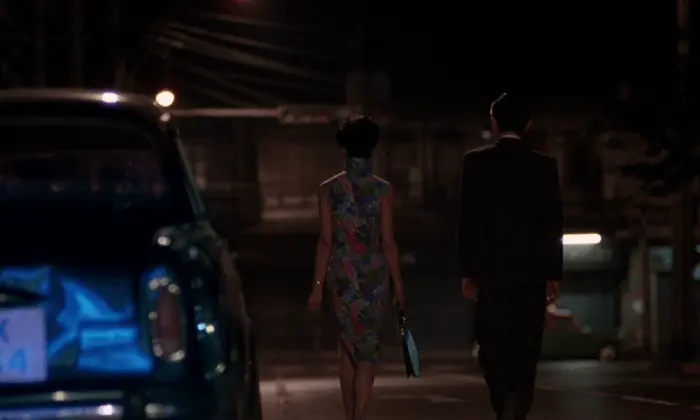
It ends with a whisper.
A love so restrained, so contained, that it is never spoken aloud—not to the person it was meant for, not even to the wind pass by.
Instead, it is sealed inside an ancient ruin, lost to time.
4.1 The Angkor Wat Scene: Ending Explained
In the end, Mr. Chow travels to Cambodia, alone. He stands before the crumbling walls of Angkor Wat, an ancient temple where time has slowed, where the past still lingers like a faded memory.

Then he steps forward. He leans into a hollow in the stone.
And he whispers.
A secret.
A confession.
A love that will never be answered.
This isn’t just about letting go. It’s about preserving.
When you truly love someone, you preserve every memory—every moment, every touch, every object—like food sealed in a tin can, with no expiry date.
In an old legend, it’s said that people would whisper their deepest secrets into a tree, then seal it with mud—so that no one would ever hear, but the secret would always exist.
Mr. Chow does the same.
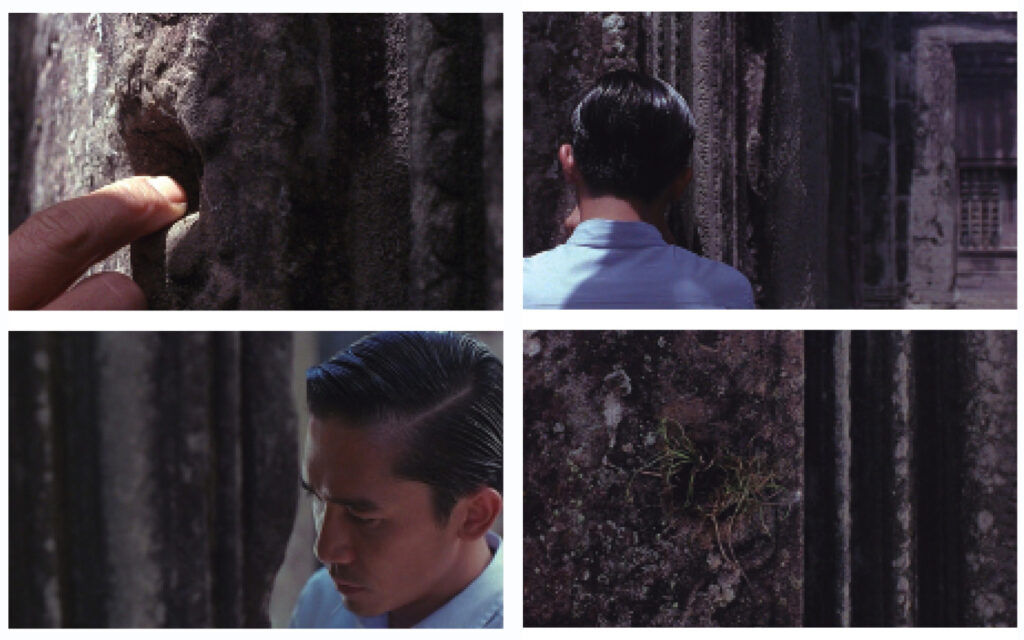
He doesn’t write a letter. Or doesn’t send a message. He doesn’t seek closure.
Instead, he buries his love where no one will ever find it—not even himself.
Because some things are too sacred to be spoken aloud.
And as we watch him walk away, we know—
He will carry it with him, always.
But he will never speak of it again.
🔶 V. In the Mood for Love: A Legacy
I keep travelling.
We all have places we return to—not because we expect to find someone waiting, but because they once held something we can’t let go of.
Every year, I find myself in another Southeast Asian city, in another ancient temple, standing before another Buddha, whispering secrets into the silence. Maybe it’s a habit. Maybe it’s my own version of what Mr. Chow did.

Every time my flight lands, my heart races. Maybe—just maybe—this time, I’ll see her again. Maybe she’ll be there, in that same cafe, where the sign on the wall reads:
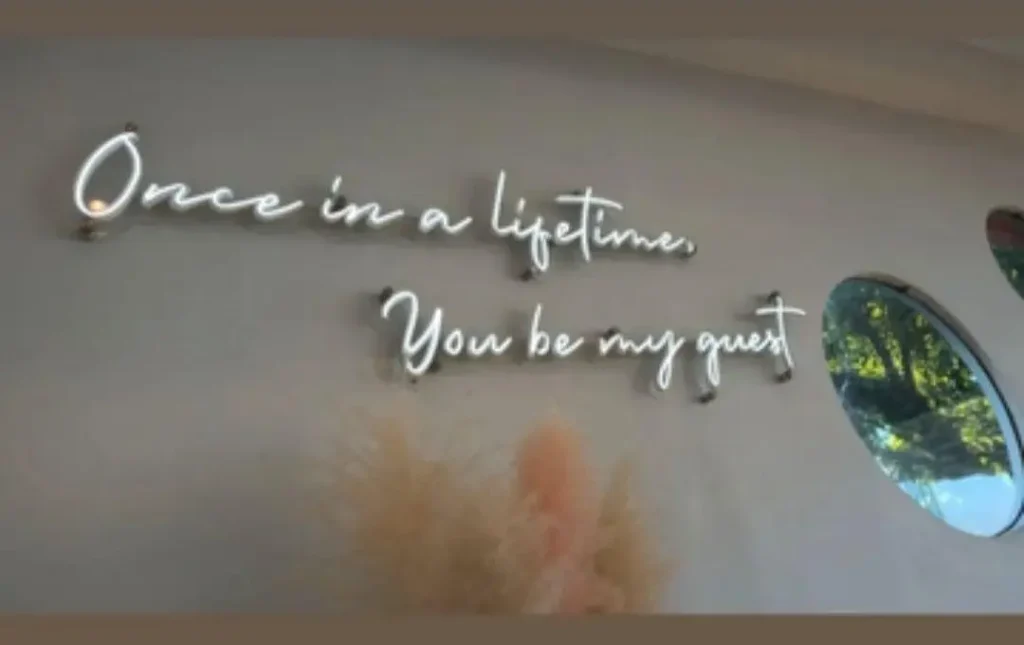
Like Mr. Chow whispering his love into an ancient ruin, we all have stories we keep alive—not in reality, but in memory. Not in words, but in the places we return to, hoping to feel what once was.
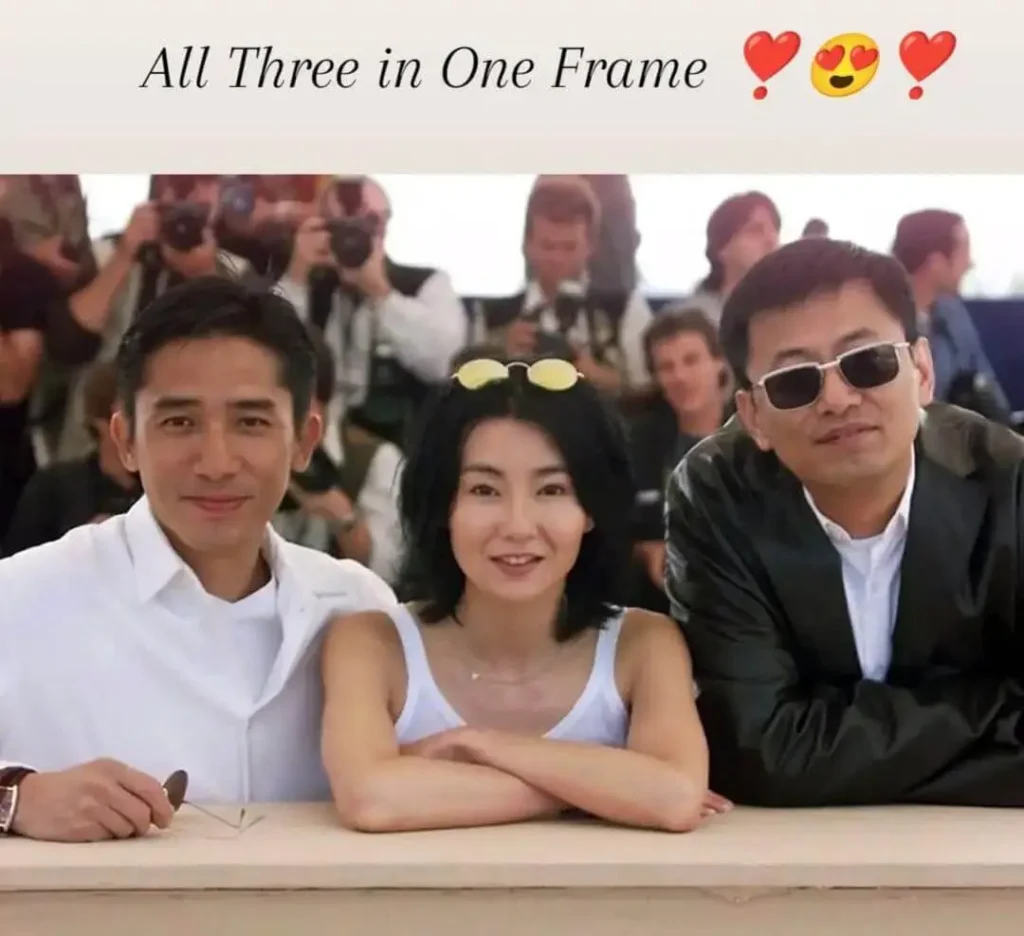
And so, I keep going back. I keep whispering into the void. I keep letting the past exist somewhere between memory and dream.
Because some love stories aren’t meant to be lived.
They’re meant to be remembered.
Get more movie updates and reviews via my instagram channel: I_Filmiholic
Read more untold stories and unwated write-ups here.
Just finished In the mood for love for the first time and tried to find meaning of the movie from someone else’s perspective. This description seems to cover all I may have missed in the movie. A lovely read!!
Thank you Mohak! Happy that you find value in it 🙂
Many many great points. Nice. Did you recently revise it?
I felt the LLM constructions a few times. I could b wrong
Thank you, Ramesh!
LLM constructions ??